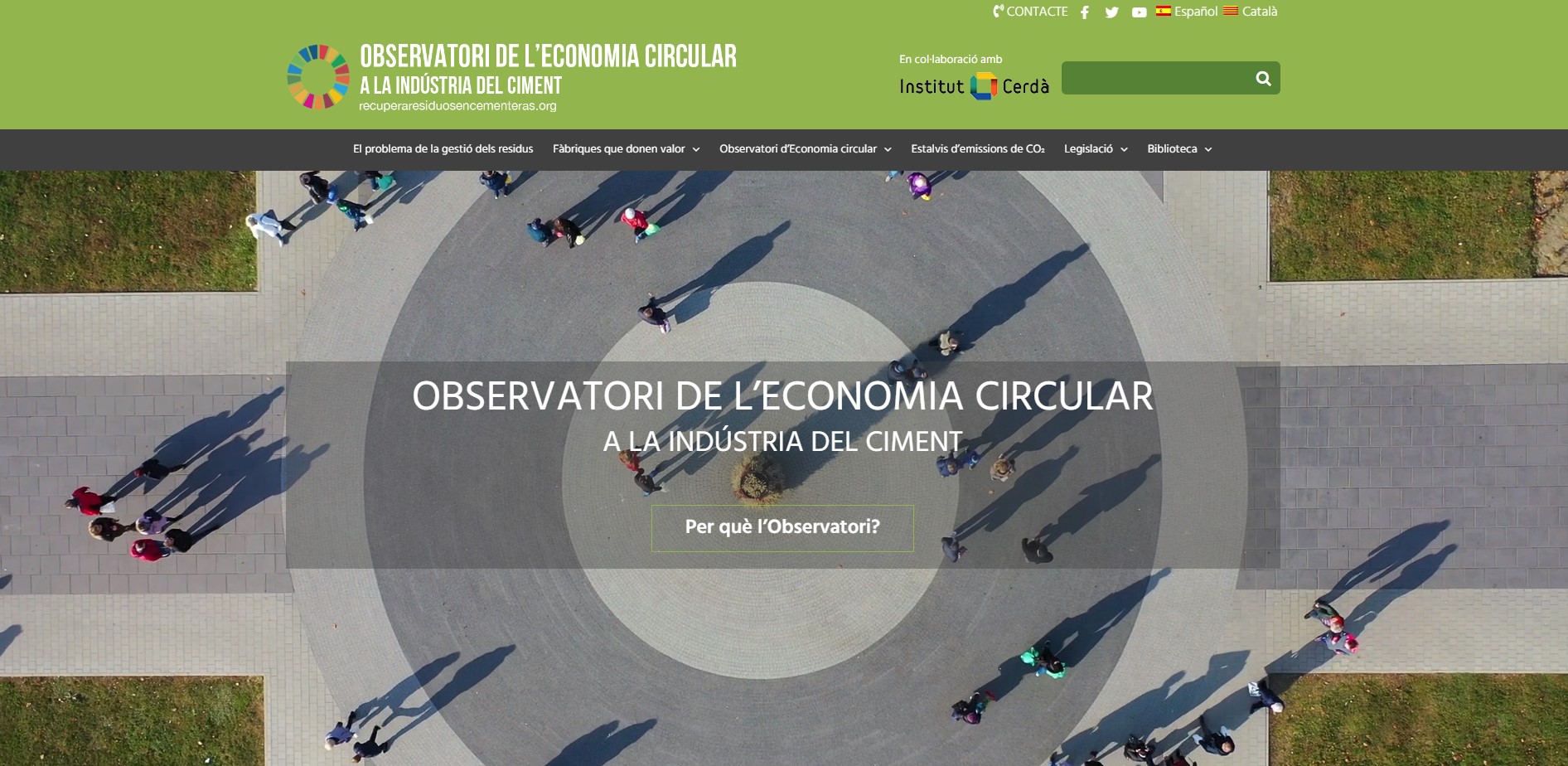The XII update of the Observatory of the Circular Economy of the Spanish cement industry confirms that the sector continues to be one of the main “recyclers” in the country and the best alternative to sending it to landfill, where 52% of municipal waste still ends up annually. The cement industry has recovered almost 60 million tons of waste since 2004 in Spain as a whole.
With regard to material recovery, almost 49 million tonnes of waste have been reused since 2004, the first year with data in the Observatory. Most of the raw materials reused in the cement manufacturing process are fly ash and slag. Regarding energy recovery, since 2004 10.7 million tons of waste have been recovered, of which almost a million were recovered in 2020, the last year with data from the Observatory.
In the total period analyzed, this practice prevented the emission of 9.9 million tons of CO2 into the atmosphere. And in 2020 alone, it represented a saving of more than one million tons of CO2, the equivalent of the emissions produced by the electricity consumed annually by 112 million mobile phones, or by the homes of 14 cities the size of Girona. Of that million tons of emission savings, about 350 thousand corresponded to the Catalan factories.
Currently, the substitution rate in the use of alternative fuels compared to fossil fuels already reaches 41% in Catalonia, a figure still far from the levels from countries such as Germany, Switzerland, Sweden and Norway, which far exceed 60% substitution.
The cement sector, at the level of the entire State, recovered, materially and energetically, only in 2020, more than 2 million tons of waste, from 88 activity sectors. This process clearly links with the RePowerEU plan, which aims to end Russia’s dependence on fossil fuels and tackle the climate crisis. Despite the material and energy value for industrial processes that this waste could have, Spain continues to send 52% of its municipal waste to landfill, a figure far removed from the 23% in which the EU average is located in 2020. The low discharge costs, which in Catalonia stand at €53 per ton, compared to more than €75 that are reached in many areas of northern Europe, are one of the main causes for the high rates of discharge observed in our country.
The Circular Economy Observatory, one of the most consolidated in Spain, which reflects the sector’s commitment and exercise of transparency in this area, is prepared by the Fundación Laboral del Cement y el Medio Ambiente (CEMA Foundation) in collaboration with the Institut Cerdà and is available in Spanish and Catalan.

